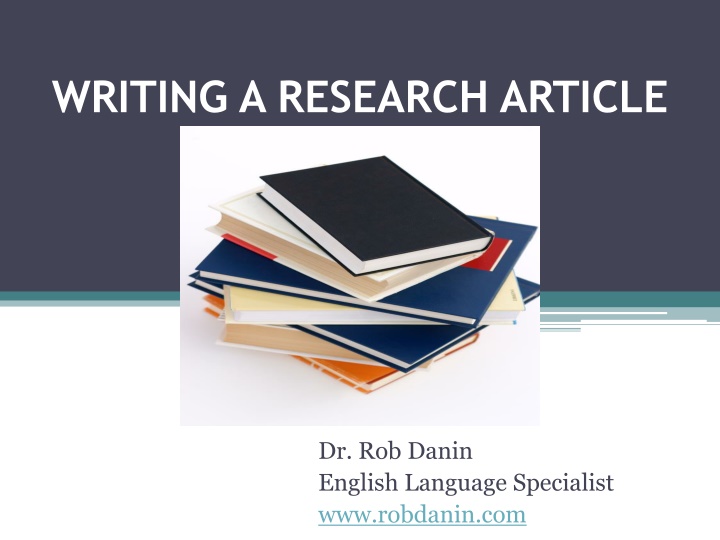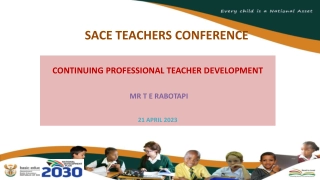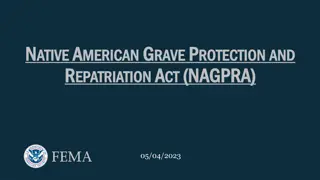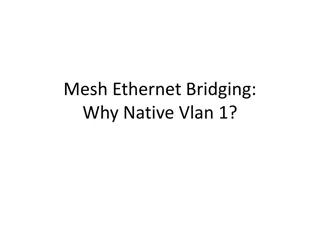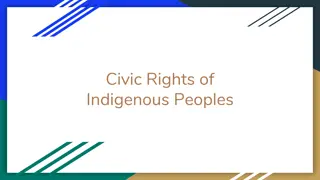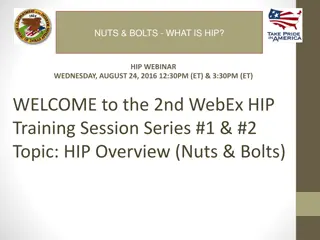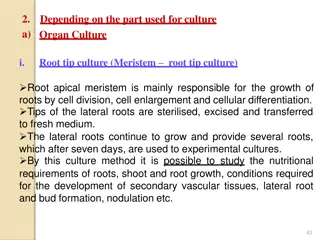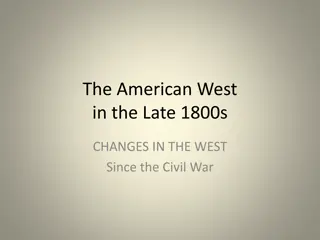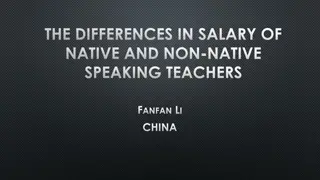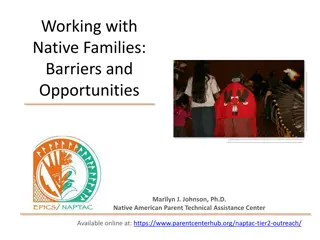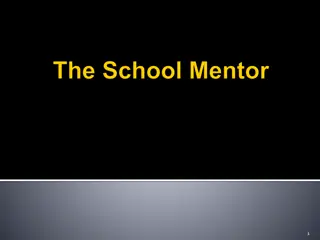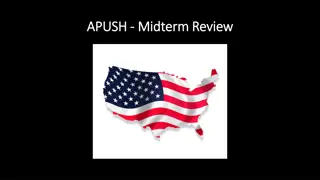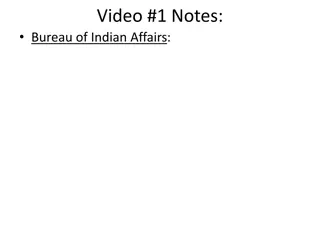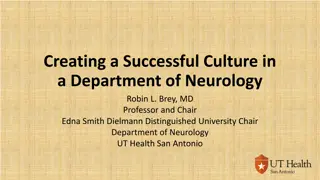Culture in L2/FL Education: Native English Teachers
Dive into the impact of culture on L2/FL education, specifically focusing on how native English speakers can enhance teaching practices in Russia. Explore the dynamics and outcomes in this research article by Dr. Rob Danin, an English language specialist.
Download Presentation

Please find below an Image/Link to download the presentation.
The content on the website is provided AS IS for your information and personal use only. It may not be sold, licensed, or shared on other websites without obtaining consent from the author.If you encounter any issues during the download, it is possible that the publisher has removed the file from their server.
You are allowed to download the files provided on this website for personal or commercial use, subject to the condition that they are used lawfully. All files are the property of their respective owners.
The content on the website is provided AS IS for your information and personal use only. It may not be sold, licensed, or shared on other websites without obtaining consent from the author.
E N D
Presentation Transcript
WRITING A RESEARCH ARTICLE Dr. Rob Danin English Language Specialist www.robdanin.com
FORMAT FOR THE PAPER TITLE Make your title specific enough to describe the contents of the paper. The title should be appropriate for the intended audience. The title usually describes the subject matter of the article: Towards an Understanding of Culture in L2/FL Education Sometimes a title that summarizes the results is more effective: How Native English Speakers Can Be Better English Teachers in Russia
FORMAT FOR THE PAPER AUTHORS The person who did the work and wrote the paper is generally listed as the first author of a research paper. For published articles, other people who made substantial contributions to the work are also listed as authors.
FORMAT FOR THE PAPER ABSTRACT (Summary) The abstract should be a little less technical than the article itself. Your abstract should be one paragraph, of 100-250 words, which summarizes the purpose, methods, results and conclusions of the paper. Start by writing a summary that includes whatever you think is important and then edit. Don't use abbreviations or citations in the abstract. It should be able to stand alone without any footnotes.
FORMAT FOR THE PAPER INTRODUCTION The introduction summarizes the relevant literature (lit review) so that the reader will understand why you were interested in this particular topic. What is the focus of your article? Why is it interesting? Questions for further review One to four paragraphs should be enough. Make sure you address all the questions you posed in this section of the paper.
FORMAT FOR THE PAPER MATERIALS AND METHODS How did you answer the questions in your introduction? Look at other research papers that have been published in your field to get some idea of what is included in this section. Do not put results in this section. Mention relevant ethical/cultural considerations. Various cultures view certain ethical practices differently (e.g., confidentiality)
FORMAT FOR THE PAPER RESULTS Summarize your main findings in the text. Do not discuss the results or speculate as to why something happened; that goes in the Discussion section of your paper. This is where you present the results of your research. Use diagrams, charts/tables or flowcharts to help clarify key points in your article if appropriate. Don't use these just to be "fancy". If you can summarize the information in one sentence, then a visual representation is not necessary.
FORMAT FOR THE PAPER DISCUSSION Highlight the most significant results, but don't just repeat what you've written in the Results section. How do these results relate to the original question(s)? If your results were unexpected, try to explain why. End with a one-sentence summary of your conclusion, emphasizing why it is relevant.
FORMAT FOR THE PAPER ACKNOWLEDGMENTS This section is optional. You can thank those who either helped with your study or made other important contributions. REFERENCES (LITERATURE CITED) Credit use of somebody else's words or ideas (Citations) There are several possible ways to organize this section. APA, MLA, Chicago http://myweb.wssu.edu/wallr/ms_form_comparison.htm USEFUL BOOK William Strunk, Jr. and E. B. White, The Elements of Style, 3rd ed. Macmillan, New York, 1987. http://www.bartleby.com/141/ (online) http://faculty.washington.edu/heagerty/Courses/b572/public /StrunkWhite.pdf (PDF)
Other Considerations EDIT YOUR PAPER "In my writing, I average about ten pages a day. Unfortunately, they're all the same page." Michael Alley, The Craft of Scientific Writing (1996) Write accurately Although writing instructors may tell you not to use the same word twice in a sentence, it's okay for scientific writing. Make sure you say what you mean Use past tense except when referring to established facts The paper will be submitted after all of the work is completed. Be careful with commonly confused words Culture has an effect on language learning. Culture affects language learning.
Other Considerations Write clearly Write at a level that's appropriate for your audience. Use the first person Instead of: It is thought Write: I think Use short sentences A sentence made of more than 40 words should probably be rewritten as two sentences. Check your grammar, spelling and punctuation Use a spellchecker, but be aware that they don't catch all mmistakees. Don't, use, unnecessary, commas. Proofread carefully to see if you any words out. Proof your paper by reading it from bottom to top
Other Considerations Write succinctly Use concise terms
Other Considerations The top ten overused phrases: 1 - At the end of the day 2 - Fairly unique 3 - I personally 4 - At this moment in time 5 - It's not rocket science 6 - Absolutely 7 - It's a nightmare 8 - Shouldn't of 9 - 24/7 10 - With all due respect
Other Considerations Careful Using Clich s 1. Avoid it like the plague 2. Dead as a doornail 3. Take the tiger by the tail 4. Low hanging fruit 5. If only walls could talk 6. The pot calling the kettle black 7. Think outside the box 8. Thick as thieves 9. But at the end of the day 10. Plenty of fish in the sea 11. Every dog has its day 12. Like a kid in a candy store
Other Considerations Article Publication Juried The peer review process ensures that the information in an article is reliable Submission to a professional research journal Article is reviewed anonymously by a panel of other researchers in the same field If approved by the reviewers, then article is published Non-Juried Any source that is not in a peer-reviewed research journal Non-peer reviewed/non- juried/non-refereed (all of those words mean the same thing) Such sources include newspapers, magazines, websites, non-academic books, etc.
Creating an Outline for Your Article Title (and Authors) Make this as catchy as possible Your reader will read this first then decide if he or she will continue reading the rest of the article Introduction Introduce the problem you will be discussing or write a short story of your experience with the problem Body: this includes Materials and methods Results (use of visual graphics?) Discussion Acknowledgments and references Abstract (and title) Consider writing this after the completion of the article This may help more accurately align the abstract/title to the central theme of the article
Writers Workshop In small groups, please do the following: Generate possible article ideas You may already have one! Collect writing ideas from the group Choose seed ideas that work for you Plan and begin an article draft With the article outline provided (or using another outline method), please take time to begin a draft of a possible article you may decide to write.
Best of luck! www.robdanin.com
